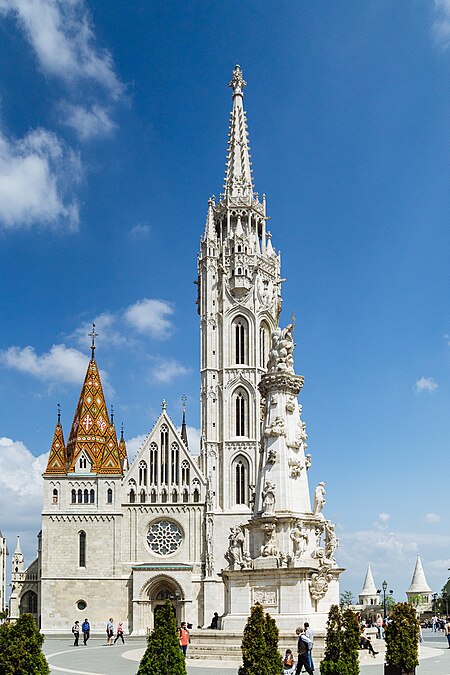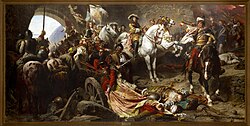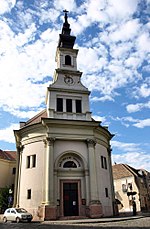Matthias Church

The Church of the Assumption of the Buda Castle (Hungarian: Nagyboldogasszony-templom), more commonly known as the Matthias Church (Hungarian: Mátyás-templom), more rarely the Coronation Church of Buda, is a Roman Catholic church located in the Holy Trinity Square, Budapest, Hungary, in front of the Fisherman's Bastion at the heart of Buda's Castle District. According to church tradition, it was originally built in Romanesque style in 1015, although few references exist. The current building was constructed in the florid late Gothic style in the second half of the 14th century and was extensively restored in the late 19th century. It was the second largest church of medieval Buda and the seventh largest church of the medieval Hungarian Kingdom. It is a historic building with an important history. Two Kings of Hungary were crowned within its walls: Franz Joseph I of Hungary and Elisabeth, and Charles IV of Hungary and Zita of Bourbon-Parma.The church was also the location of the "Marian Miracle" of Buda. In 1686, during the siege of Buda city by the Holy League, a wall of the church - used as a mosque by the Ottoman occupiers of the city - collapsed due to cannon fire. It turned out that an old votive Madonna statue was hidden behind the wall. As the sculpture of the Virgin Mary appeared before the praying Muslims, the morale of the Muslim garrison collapsed and the city fell on the same day.
Excerpt from the Wikipedia article Matthias Church (License: CC BY-SA 3.0, Authors, Images).Matthias Church
Szentháromság tér, Budapest Castle District
Geographical coordinates (GPS) Address Website External links Nearby Places Show on map
Geographical coordinates (GPS)
| Latitude | Longitude |
|---|---|
| N 47.501944444444 ° | E 19.034166666667 ° |
Address
Mátyás-templom (Budavári Nagyboldogasszony-templom)
Szentháromság tér 2
1014 Budapest, Castle District
Hungary
Open on Google Maps











